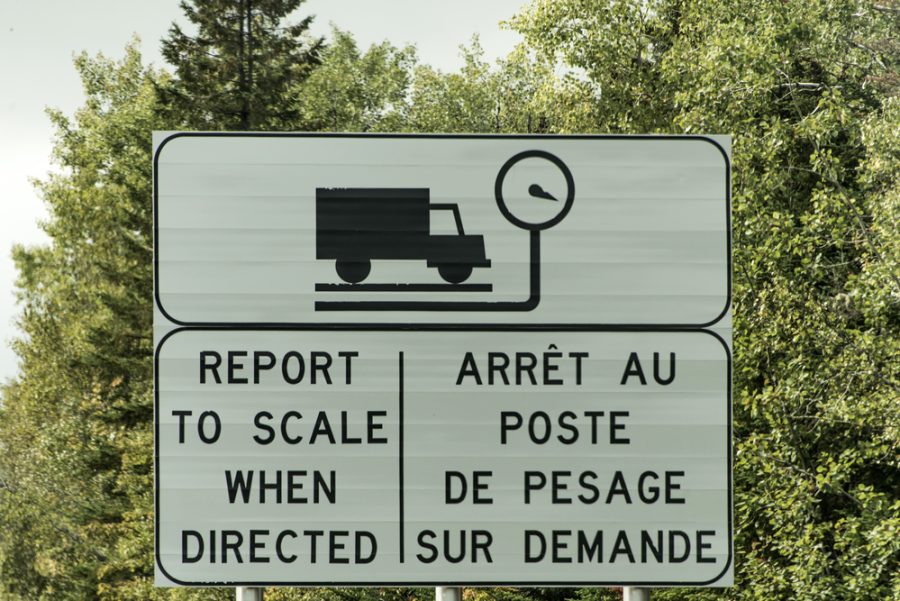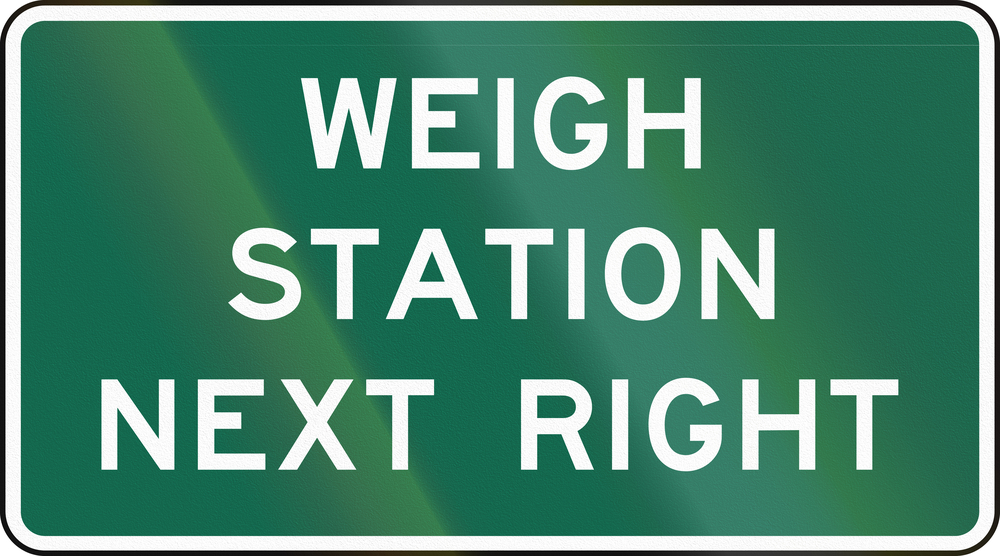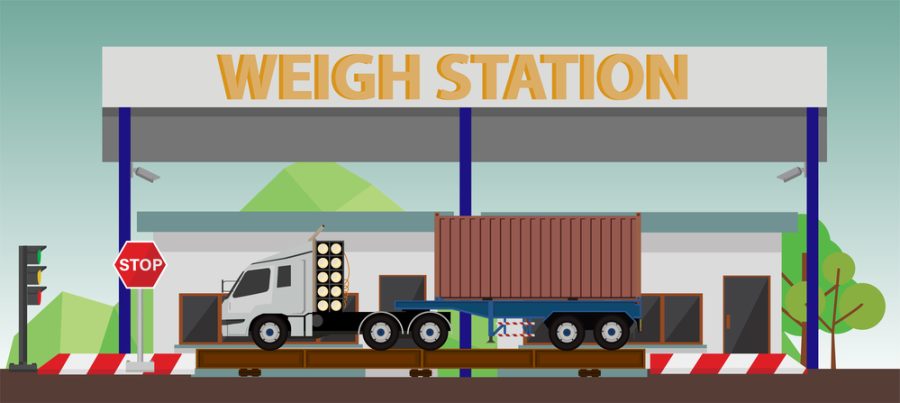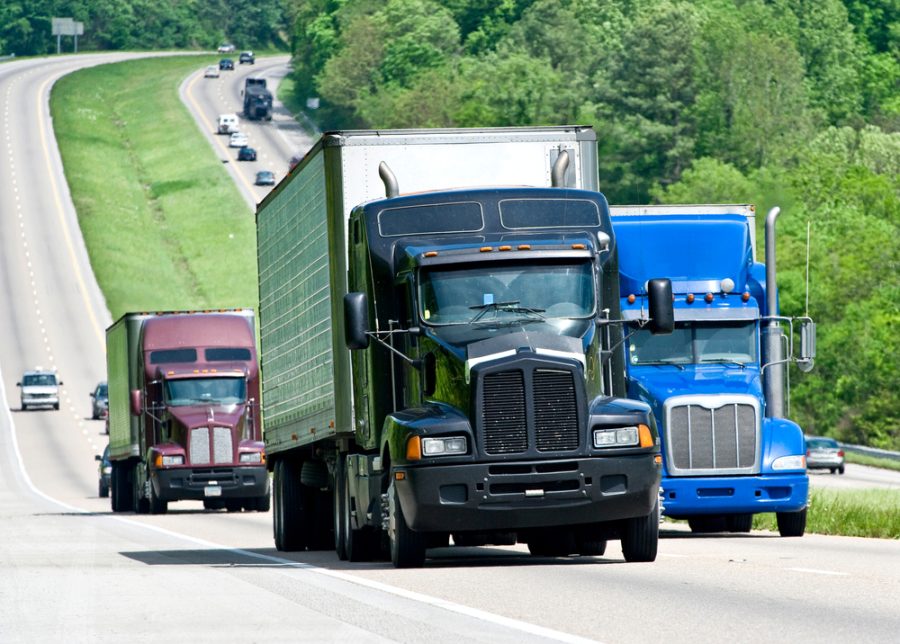Introduction
Weigh stations are pivotal in maintaining highway safety, ensuring both weight compliance and overall vehicle safety. These checkpoints, strategically positioned along highways, are particularly crucial for commercial vehicles, including commercial trucks and buses, which must adhere to specific weight limits. By utilizing portable or stationary scales, weigh stations verify that vehicles comply with these limits, thus preventing road and bridge damage and ensuring safety for all motorists.
Moreover, weigh stations are not just about weight; they also inspect vehicles for maintenance standards, helping to prevent accidents caused by vehicle malfunctions. Completing your thorough pre-trip inspections is a great way to always be prepared for this. For commercial vehicle operators and truck drivers, knowing when to stop at weigh stations and understanding the procedures is vital. This guide offers insights into the operations of weigh stations and how they contribute to motor vehicle safety.
Who Is Required to Stop at Weigh Stations?
Commercial vehicles, such as trucks, buses, and trailers, must stop at weigh stations if their gross vehicle weight (GVW) exceeds the state’s weight limit. GVW includes the total weight of the vehicle, cargo, passengers, and fuel. Overloading a vehicle can compromise infrastructure, and handling, and increase accident risks.
The key determinants are the Gross Vehicle Weight Rating (GVWR) and Gross Combination Weight Rating (GCWR), which define the maximum weights vehicles and their combinations, like a truck and its trailer, can legally carry.
For example:
- 18-wheelers: Must consider axle weight to avoid overloading.
- Delivery and box trucks: Must understand their GVWR to prevent exceeding weight limits.
Private passenger vehicles, motorcycles, and non-commercial pickup trucks are typically exempt unless otherwise indicated. However, rental trucks, moving trucks, and large recreational vehicles (RVs) might need to stop depending on their registered gross weight.

Procedures at Weigh Stations
Not all vehicles need to stop at every weigh station. Open weigh stations might allow bypassing based on criteria like weight limits or participation in pre-clearance programs. Mandatory stops are indicated by signs, flashing lights, or directions from a weigh station official.
At a weigh station, the process usually involves:
- Weighing: Vehicles are weighed using either portable or stationary scales to check for compliance with weight limits.
- Documentation verification: This may include checking the driver’s commercial driver’s license (CDL), vehicle registration, and electronic logging device (ELD) data.
- Visual inspection: Focuses on vehicle safety, including tires, brakes, and cargo securement.
Outcomes can vary, with possible clearance, weight citations, or the need for load adjustments.

State-Specific Regulations
Weigh station regulations can vary significantly across state lines, making navigating them a challenge for truck drivers and motor carriers. In North Dakota, for instance, all commercial vehicles over 10,000 lbs. must stop, while South Carolina requires the same for vehicles exceeding 8,000 lbs. California, on the other hand, has weight limits based on the number of axles and the type of load. Agricultural vehicles often receive exemptions or reduced scrutiny, but these exemptions differ by state. For example, North Dakota exempts farm trucks under specific conditions, while South Carolina requires them to stop only if transporting certain commodities. Hazardous material haulers face even stricter regulations, with additional inspections and permitting requirements often mandated on top of regular weigh station procedures.
To ensure smooth sailing through weigh stations, staying informed is crucial. Truck drivers and motor carriers are strongly encouraged to verify state-specific weigh station requirements before entering a new jurisdiction. Resources like the National Association of Truck Stopping Authorities (NATSA) website and mobile apps can provide up-to-date information on individual state regulations. Additionally, paying close attention to signage near state lines and weigh stations themselves is vital, as they often display specific requirements for different vehicle categories. By taking these proactive steps, drivers and carriers can avoid unnecessary delays and fines, ensuring a safe and efficient journey across state lines.

Resources for Commercial Vehicle Operators
Navigating the complexities of weigh stations is pivotal for commercial vehicle operators. To aid in this endeavor, we’ve curated an exhaustive list of resources designed to optimize your journey and ensure compliance:
Weigh Station Locator Tools and Applications:
Leveraging digital tools can significantly simplify locating weigh stations on your route. Here are some top-notch applications and tools:
- Trucker Path: This app provides real-time updates on weigh station statuses, including whether they are open or closed, alongside user-contributed insights.
- DAT One: A comprehensive tool that not only pinpoints weigh station locations and operating hours but also assists in planning your route to minimize unnecessary stops.
- State Department of Transportation (DOT) Websites: For the most accurate and up-to-date information, refer to the DOT websites of the states you’ll be traveling through. They usually have detailed listings of all weigh stations.
Insights from the Department of Transportation (DOT) and Highway Patrol:
Government entities are a goldmine of information and resources to ensure you meet regulatory standards:
- National Department of Transportation (DOT): The Federal Motor Carrier Safety Administration’s website at https://www.fmcsa.dot.gov/ is a hub for regulations, safety guidelines, and comprehensive weigh station data.
- State-Specific DOT Resources: Each state’s DOT website is tailored with regulations, necessary permits, and detailed weigh station information pertinent to that region.
- Highway Patrol Online Resources: For regional specifics, websites like the California Highway Patrol (https://dot.ca.gov/programs/traffic-operations/cvef/weigh-stations) provide tailored resources, updates, and news.
Comprehensive Resources for Holistic Compliance:
To broaden your scope of preparedness, consider delving into these additional resources:
- Agricultural Inspection Stations: Special considerations apply to vehicles transporting agricultural products. Your state’s Department of Agriculture will have all the necessary guidelines.
- Safety Inspection Stations: These stations are integral to ensuring your vehicle meets all safety standards. For information, visit your state DOT or highway patrol’s website.
- Transportation of Hazardous Materials: If your cargo includes hazardous materials, strict regulations apply. The Federal Motor Carrier Safety Administration (FMCSA) offers detailed guidelines and permit information for safe and compliant transportation.
By leveraging these resources, commercial vehicle operators can enhance their readiness and compliance, ensuring a smoother and safer journey across the highways.
Conclusion
Weigh stations play a critical role in ensuring the safety of our roads and the effectiveness of highway patrol. By verifying compliance with weight limits and conducting vehicle inspections, they help prevent accidents caused by overloaded or unsafe trucks. This not only protects other drivers but also minimizes damage to road infrastructure. Therefore, adhering to weigh station regulations is essential for all vehicle operators, including those driving commercial trucks, specialty vehicles, and agricultural equipment. By working together to uphold these regulations, we can create a safer and more efficient transportation system for everyone.


